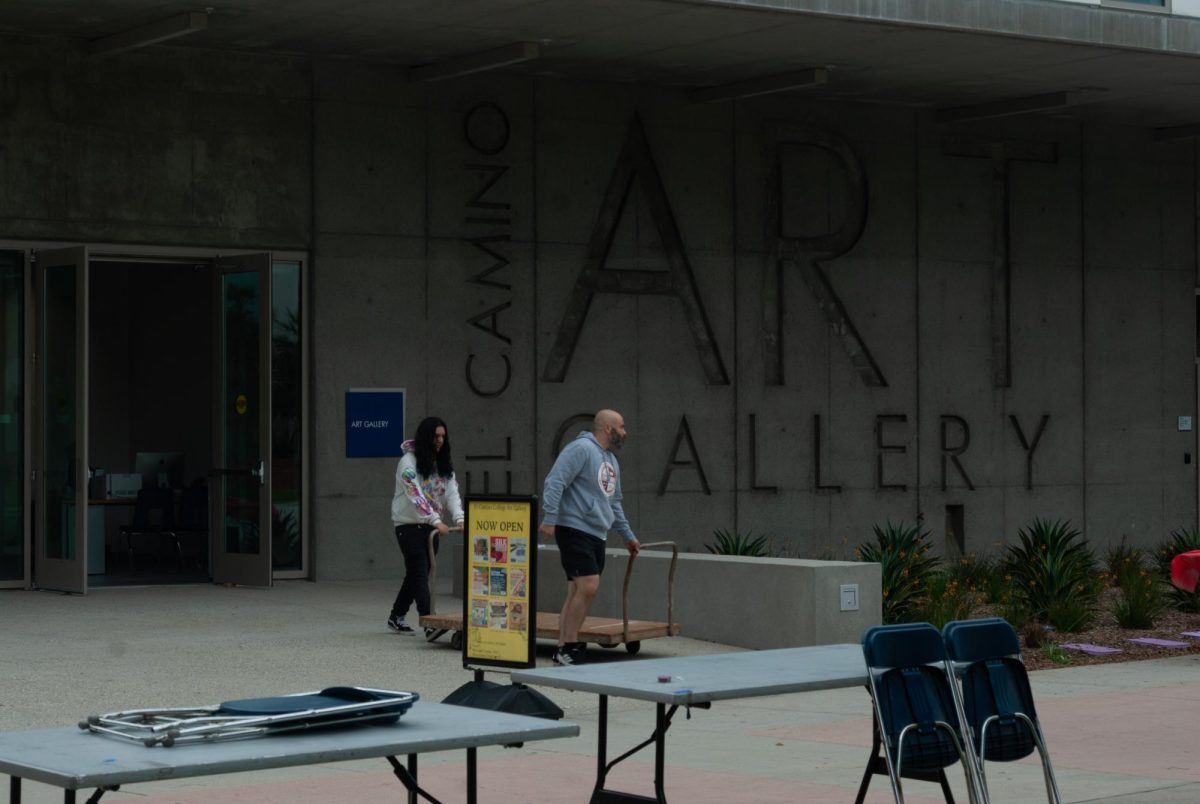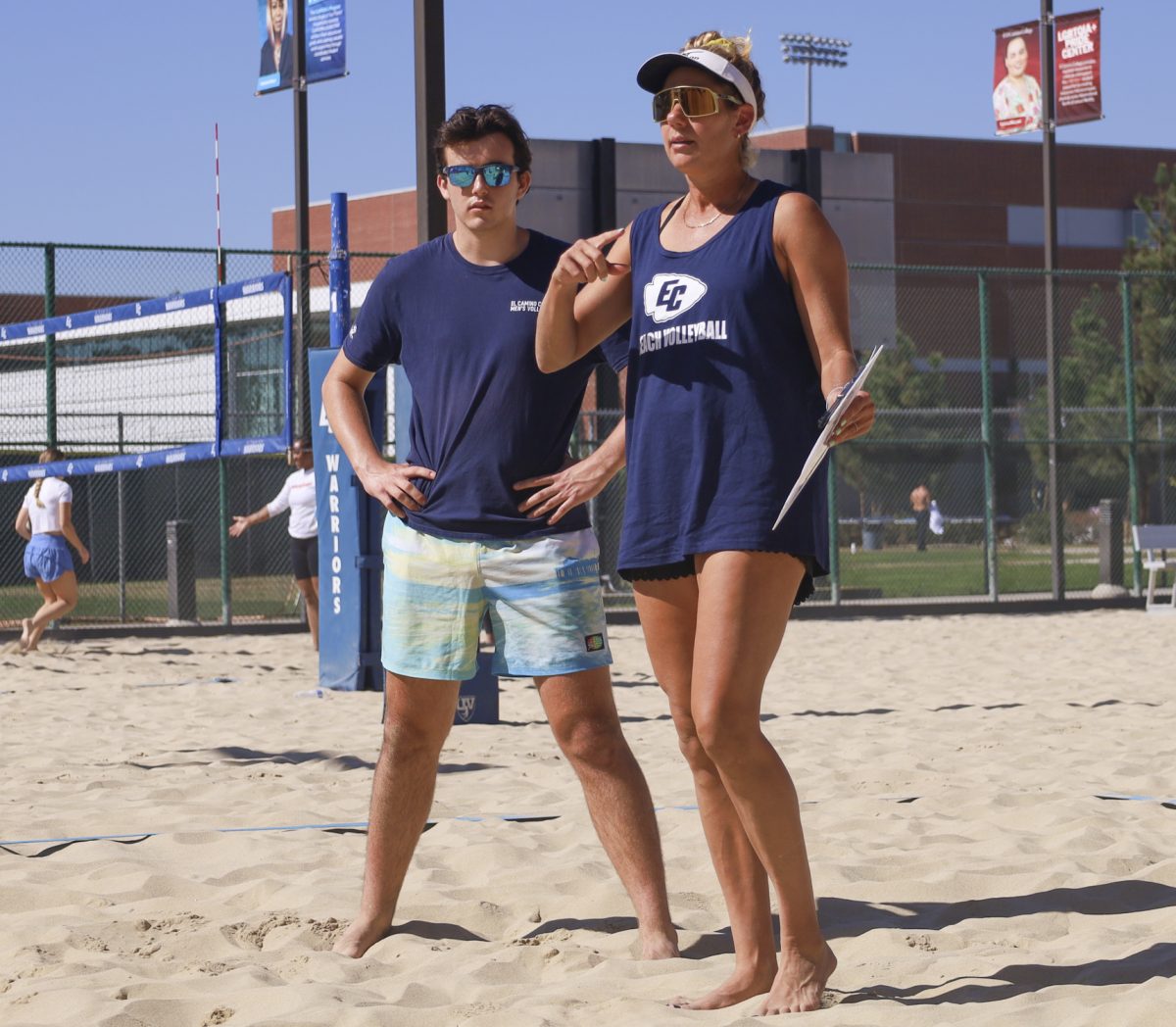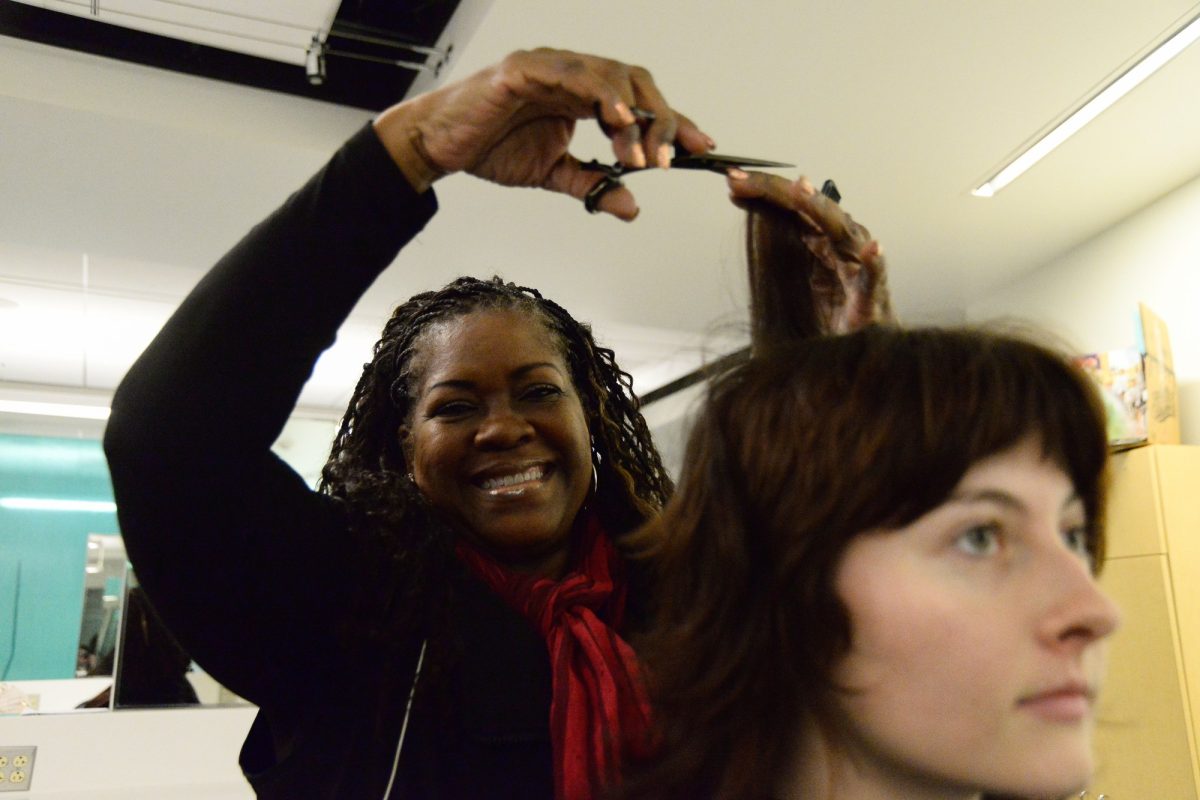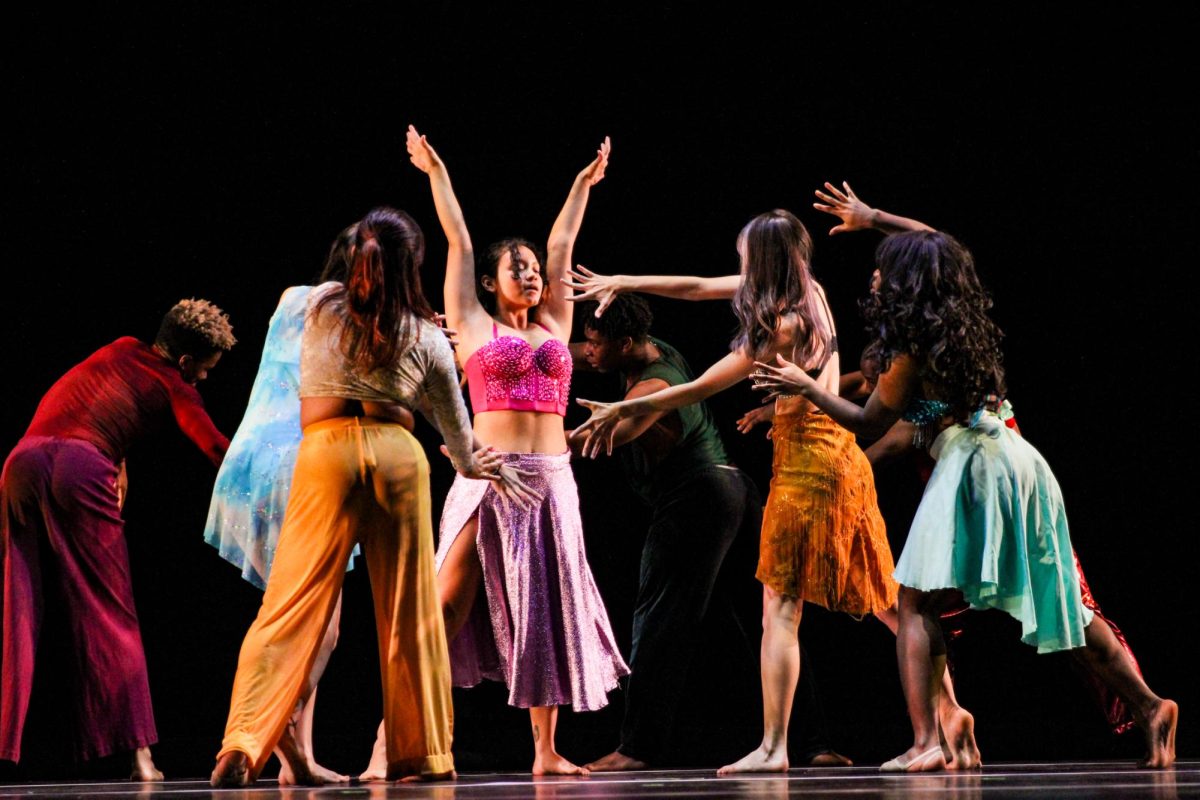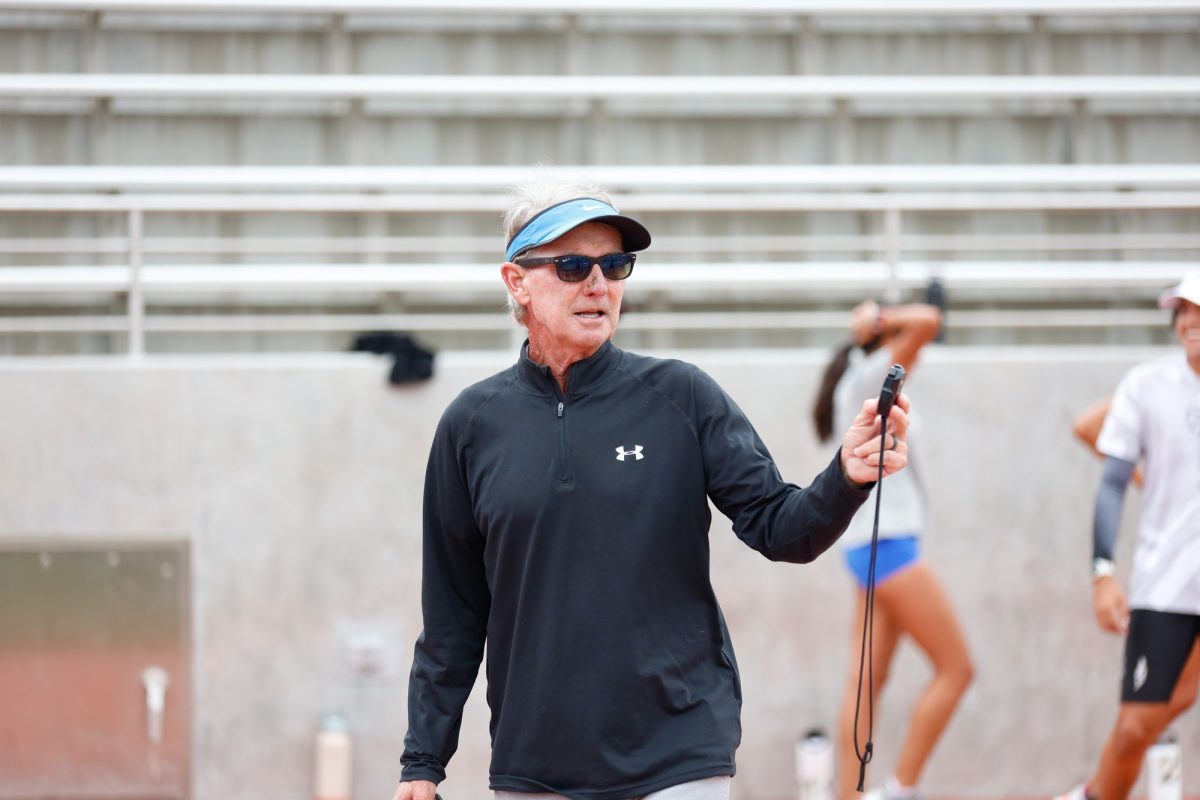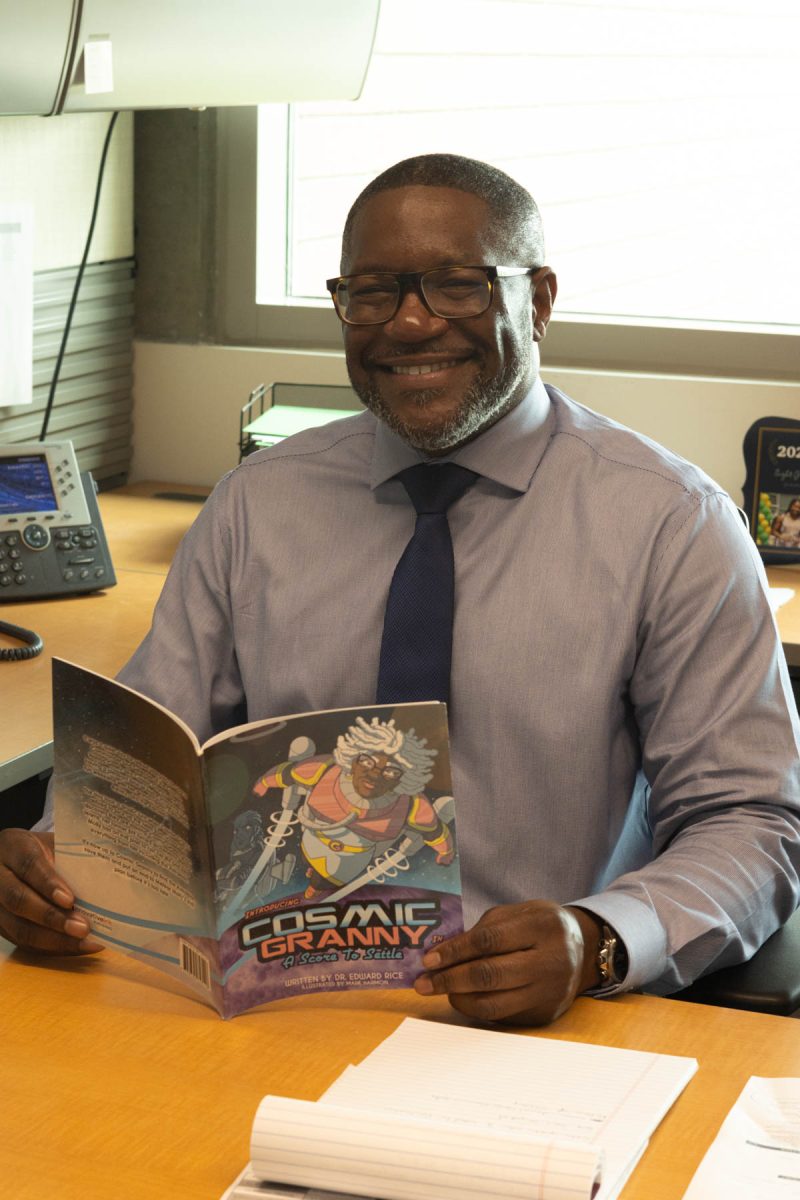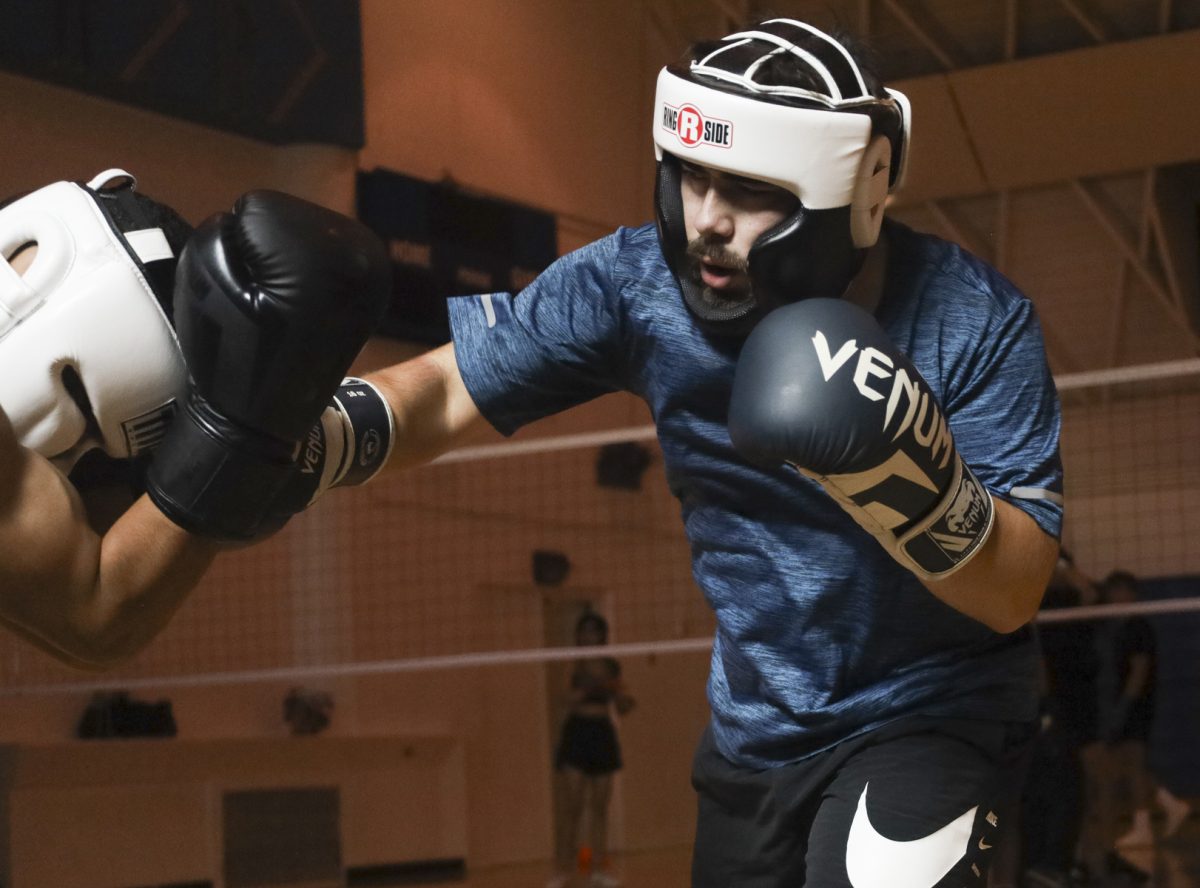The new multi-million dollar Arts Complex opened this semester with logistical concerns like missing furniture, fixtures and specialty programming.
The Arts Complex houses the Art Gallery, Anthropology Museum, studios and labs. These buildings are equipped to handle workshops and events with trade-specific equipment.
The new complex and its museum are programmed for interdisciplinary efforts.
Federal work-study students introduce attendees to arts that can be practiced at home like knitting, lettering, crochet, origami and collage.
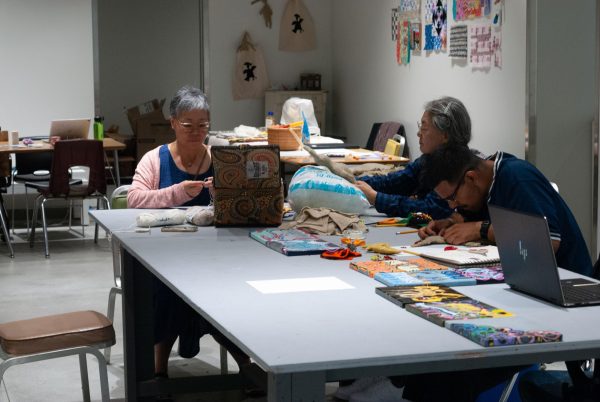
Tattoo design, but not the process of tattooing, is also an art skill taught at the gallery.
Despite incomplete equipment and a cluttered studio, the gallery meets its original goal of making students interact in its space.
Next to the Arts Complex, the Behavioral and Social Sciences Building is equipped with classrooms for lectures and high-performance video streaming.
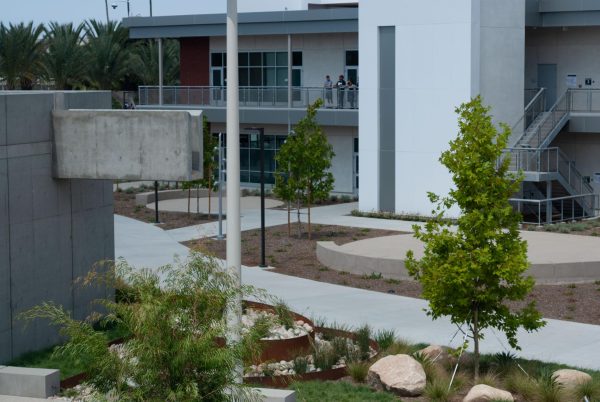
Developed from the asynchronous instruction of the pandemic and student surveys, the building can host “HyFlex” courses, or class sessions that students can attend online or in person.
Lecture rooms are equipped with a camera, microphone, projector, and Zoom access. Courses will still maintain student caps for each available session.
The Anthropology Museum, part of the Behavioral and Social Sciences Division, is an interdepartmental venture with the Fine Arts Division.
The museum is meant to educate students, faculty and the community about local and international historical art and society.
Both the Art Gallery and Anthropology Museum have the technology to present media and classes in person and online.
“I feel like with the Anthropology Museum and the Art Gallery together, we’re actually a cultural center and an art center,” Michael Miller, director of the Art Gallery and the Anthropology Museum, said.
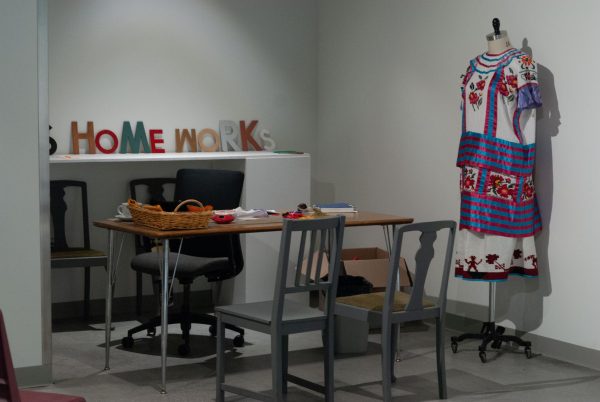
Dean of Behavioral and Social Sciences Christina Gold said the buildings can be used in case an event like COVID-19 happens again.
“You don’t want them out for like two weeks or however long people used to stay home,” Gold said. “We wanted to have the option of being able to continue to participate in class from home.”
Gold expanded on the possibilities the new building and its features can offer.
“So, there’s a possibility that we can have an instructor who’s teaching live students in the classroom but also teaching people at home. You’d create discussion groups with people in the classroom but then also in Zoom, you’d be creating discussion groups there as well,” Gold said.
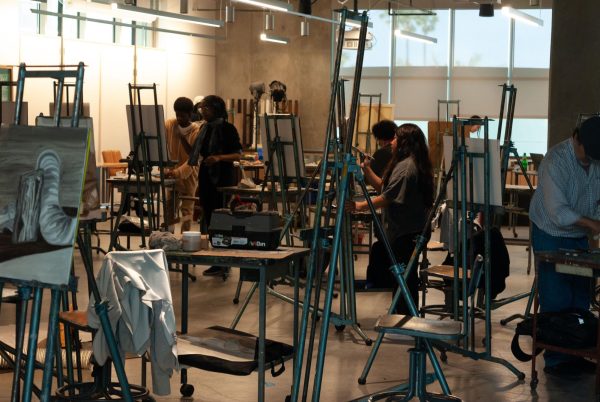
Associated Students Organization Senator of Fine Arts Dulce Stein said that for the last few summers, the Art Gallery has done an open-call exhibition for anyone living in Southern California.
The exhibition attracted approximately 300 people last summer. “We had people from Lancaster, Riverside, Santa Barbara, all the way down to San Diego who participated. We had over 90 different artists each participating with several pieces,” Stein said.
The open call was for SoCal residents to bring up to three artworks to the gallery. Jurors from outside the campus came and reviewed all the artwork and selected the best, second, third and other consolation prizes.
“Well, so you know part of our goal is to bring more people to campus and to the Art Gallery and eventually of course the Anthropology Museum too,” Stein said.
The new gallery and museum have a full calendar of culture, workshops, and open calls.




